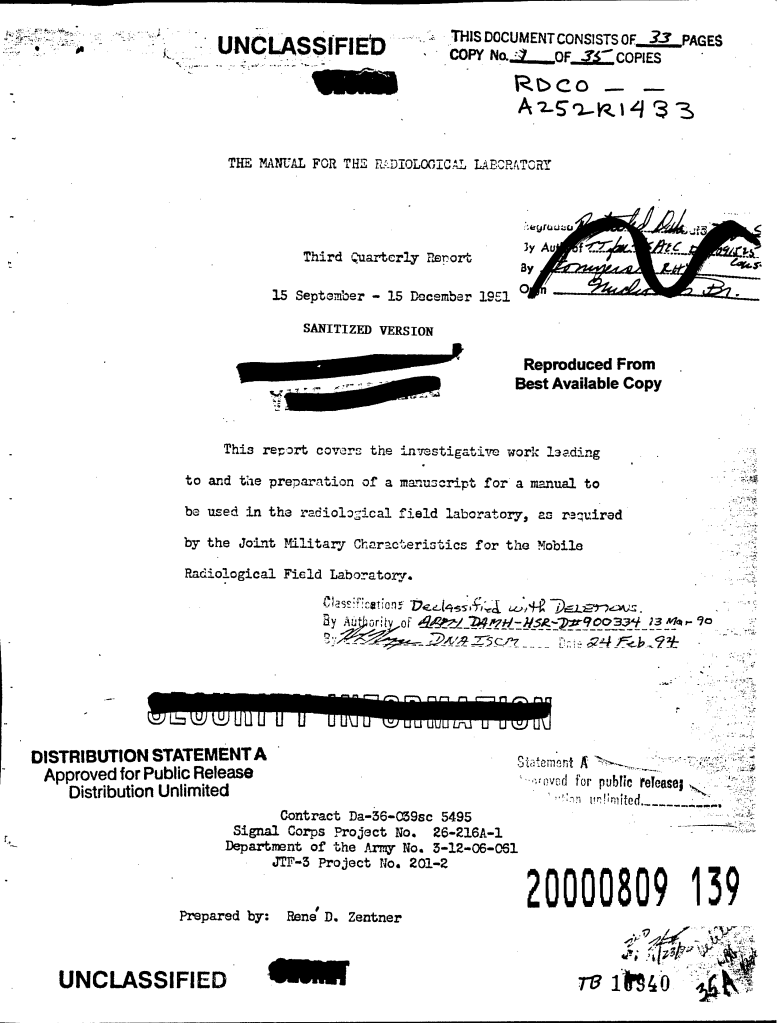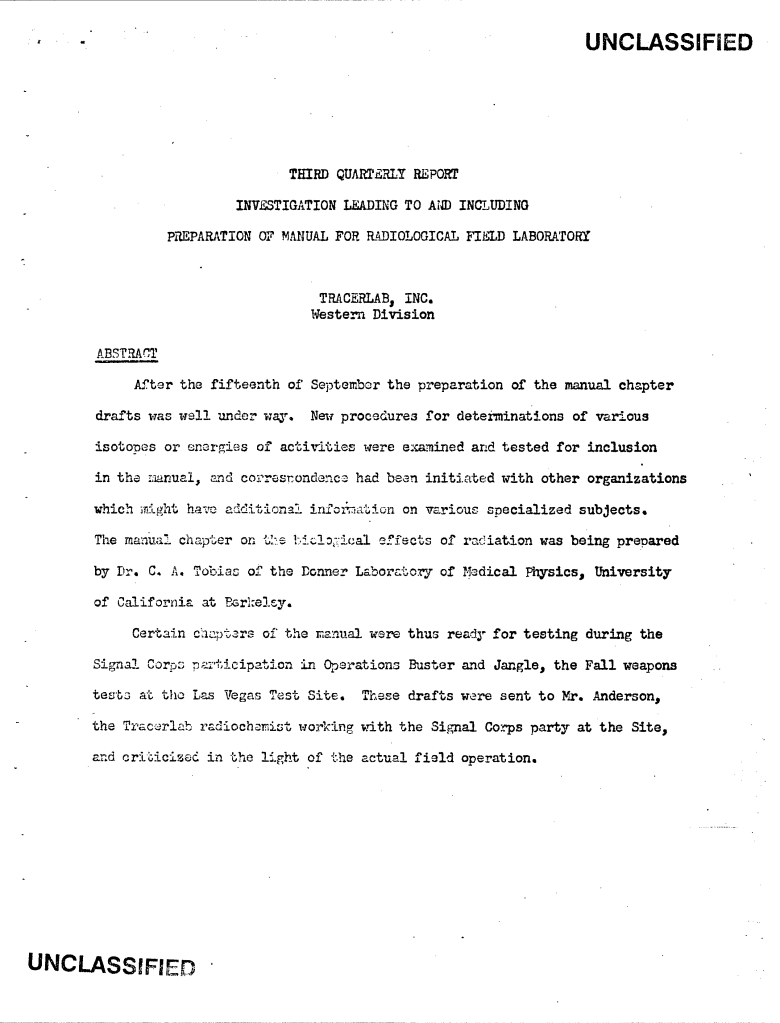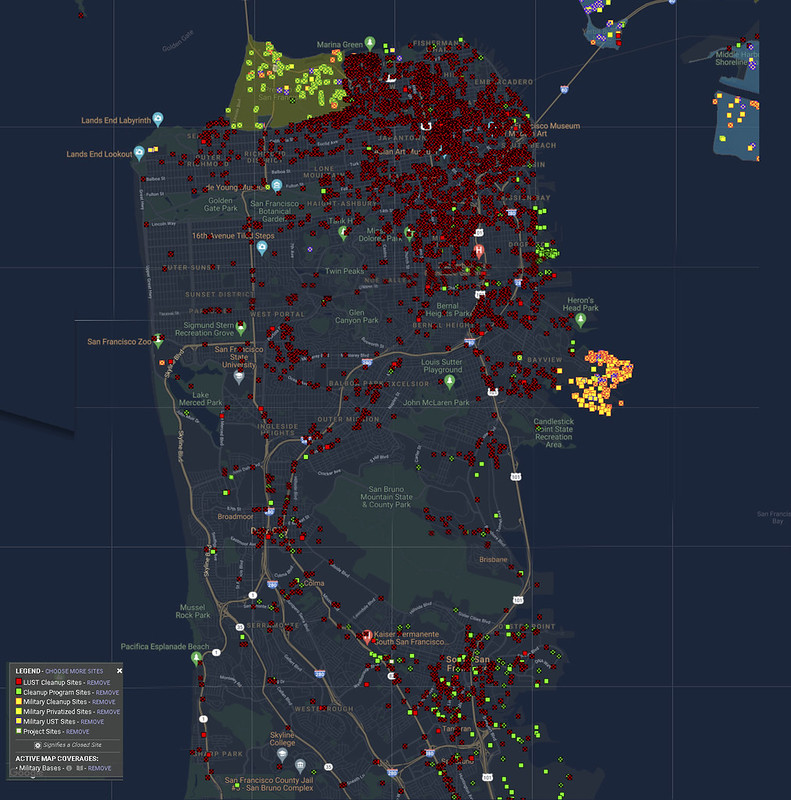Christensen, E. L, U.S. Atomic Energy Commission, and Los Alamos Scientific Laboratory. Procedures for Decontamination of Plutonium From Various Surfaces. Los Alamos, N.M.: Los Alamos Scientific Laboratory of the University of California, 1959. pp 19-21
See Also: USNRDL-TR-256 PROTECTING AND CLEANING HANDS CONTAMINATED BY SYNTHETIC FALLOUT UNDER FIELD CONDITIONS
Aluminum, Brass, Concrete, Glass, Iron and Mild Steel, Lucite, Plexiglass and Other Acrylic Plastics, Monel, Paint, Plastics Other Than Acryiic Based Plastics, Porcelain, Rubber, Skin, Stainless Steel and Tile.
SKIN
Immediate use of a synthetic detergent-sequestrant mixture has been reported to give better decontamination than if the use of the mixture is preceded by soap and water wash. However, no temperature was given for the water used and if the water was warm enough to cause the pores to open, the decontamination solution, normally used cold, would have a difficult time removing the activity. At Los Alamos steps
19
one and two of the recommended procedure normally give sufficient decontamination.
For decontamination of hair, omit the KMnO4 treatment.
A. Recommended procedure.
1. Lather with liquid soap, using cold water, rinse thoroughly.
2. If count still remains, wash with synthetic detergent and sequestrant in a ratio of 1:2. Rinse with water.
a. Sequestrants such as:
- Na EDTA-
- Citric acid
- Sodium citrate
- Sodium tartrate
- Sodium phosphates
- b. Do not use oxalates!
C.P. Cleaner, manufactured by Finley Products, Inc., is also satisfactory. Apply as label directs.
3. If count still remains, scrub with KMnO4 crystals wet with just enough water to make thick paste. Rinse thoroughly. Repeat 5 times. Remove color with a 4% NaHSO3 solution. (Use only as a last resort.)
4. Apply TiO2 paste and rub thoroughly. Remove by swabbing. Rinse thoroughly with water.
B. Decontamination solutions in order of decreasing effectiveness.
1. TiO2 paste (expensive)
2. KMnO4 paste; color removed with 4% NaHSO3
20
3. Synthetic detergent – sequestrant
4. C.P. Cleaner or similar hand cleaner
5. 3% trisodium nitrolotriacetate – synthetic detergent
6. 3% Na citrate, ph 7.0
7. 3% Na acetate, ph 2.0
8. 3% Na tartrate, ph 7.0
9. 3% Na lactate, ph 7.0
10. 3% glycine
11. 3% Na acetate, ph 7.0
12. Water with liquid soap
13. Isotonic saline solution















You must be logged in to post a comment.